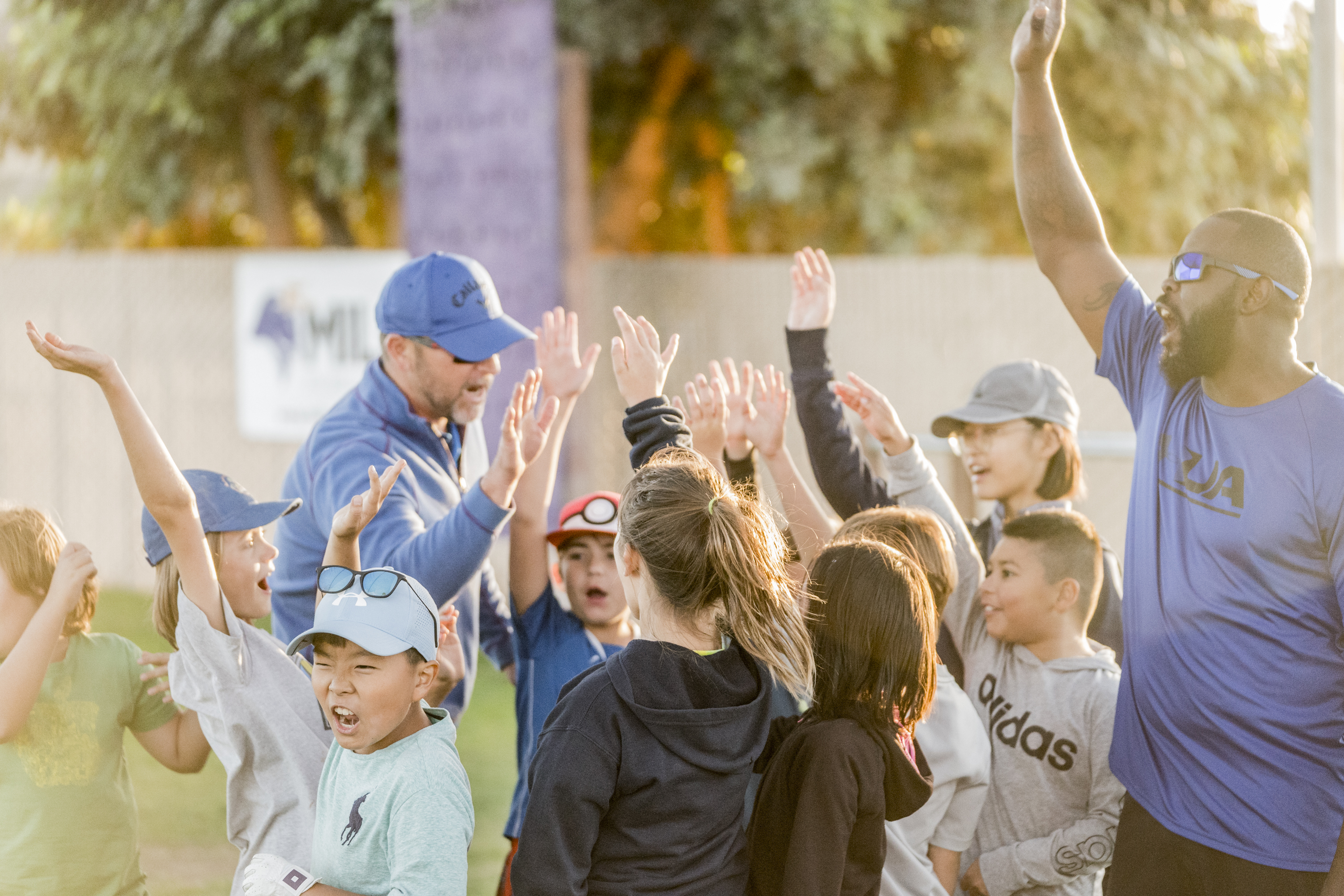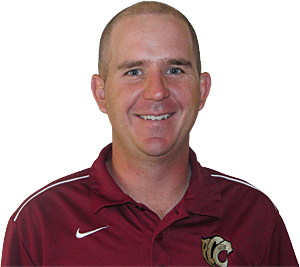IMPROVE MY GAME
Articles
Rethinking the Path to a College Golf Scholarship

Fifteen years ago, Malcolm Gladwell published the book, “Outliers: The Story of Success.” In Outliers, Gladwell sought to use easy-to-read prose to introduce the world to his appealing thesis, that understanding excellence is easier than you think.
In support of his notion, Gladwell pulls from sources that range from the success story of Bill Gates, to youth hockey in Canada (such as what predicts making it to the NHL career), to an academic theory by Anders Ericsson at Florida State University. The latter, according to Gladwell, is quintessential and undeniable – that 10,000 hours of structured practice is the ante for excellence in virtually any field. In the 15 years since “Outliers,” became a runaway bestseller, Gladwell’s interpretation of Ericsson’s research has become a generation’s holy word.
At the time of Gladwell’s book release, I was a young graduate student who was drawn by what seemed to be a renaissance in youth sport. My recollections were that at every turn there was both new technology (like FlightScope and K-Vest) and research which seemed to shed light on the world of extraordinary athletes. This included the core study which established Gladwell’s thesis; many piano players (subjects of Ericsson’s original study) had spent between 7,500-12,000 hours of practice in their journey to becoming elite.
The thesis held very simply that: time + clear goals and expectations = secret sauce for athletic domination.
Recently, I have looked back and questioned my own nostalgia, trying to separate the hype from real science which demonstrates how/if elite athletes can be created. Armed with questions about Gladwell’s recipe for success, I recruited two academics: Dr Laura Upenieks from Baylor University and Dr. Stephen Cobley from the University of Sydney. Together we asked parents of junior golfers to read excerpts from Gladwell’s Outliers.
In total we collected a relatively small data set, about 40 parents. However the data told a very clear story:
- Parents believe that this book contains a recipe for success based in science
- Parents believe that a lot of supervise practice, structure and coaching are essential to this recipe
- This recipe will result in significant scholarship to elite schools
- Anything less is a failure
- This is a pathway to professional golf
Let me say that looking at these results knowing what I know now are not surprising. Gladwell’s thesis is the foundation of the billion dollar industry that is youth sports. The problem is of course, the premise is significantly flawed.
Time dedicated to a task is vitally important, but how we encourage young athletes to spend that time is equally critical.
In the TPI Junior Level 2 course, Dr. Greg Rose separates development hours into three buckets (video from the course below):
-
Deliberate practice: This practice is designed by an instructor. It requires effort and hard work and is specifically intended for performance improvement.
-
Deliberate play: This is development time that is designed for enjoyment and fun. This could be simply playing a round of golf or trying to execute creative shots or shapes on the range or course (think of Seve’s practice habits).
-
Other sports: Exposure to other sports isn’t going to improve skill in a primary sport, but it can be helpful for building physical capabilities, resilience and competitiveness that help an athlete have long-term success in golf. Young golfers who don’t have exposure to sprinting, jumping, throwing, grappling, etc miss out on opportunities to develop foundational movement skills and explosiveness. These golfers tend to be lower clubhead speed players when they reach their teenage years and may be at greater risk of burnout before then.
In the years since the publication of Gladwell’s book, many kids have been brought up under the false pretense that practice needs to be deliberate. Their time in junior golf has been dominated by structure, with unending feedback from coaches and parents and long hours of practice. Is structured practice important? Absolutely. Deliberate, structured practice is key for , but when it’s a young golfer’s only exposure to golf, it has the potential to suck the joy and passion from the game.
The reality of much of junior golf is actually based on elements outside the control of any young athlete. For example, young people grow and mature at different times (a key discussion point in the TPI Junior Level 2 course). This means that in any given week, you have a wide range of biological abilities competing. This is dangerous for everyone, if not considered; the early growers gain a false sense of confidence competing in a small pond often with huge advantage, while late developers are met with expectations to excel on an uneven playing field, likely to create anxiety or have them consider quitting.
The goal of junior golf should not be to produce collegiate or professional athletes. Rather, junior golf, and adolescence in general, should be about kids exploring the world, testing the waters and identifying activities that are interesting and intensely satisfying. By providing kids with ways to enjoy golf and feed their intrinsic motivation, we can teach them life lessons that matter and skills which will prepare them to be contributing members of society. Because isn’t that really the goal?

Brendan Ryan is a world expert in junior golf development and the recruitment process. His background includes a 7 year college coaching career, including time at the University of Kentucky. He also has a pair of Master’s degrees and is the author of approximately 20 academic papers and 100+ articles on sites like GolfWRX, Amateurgolf.com and others.